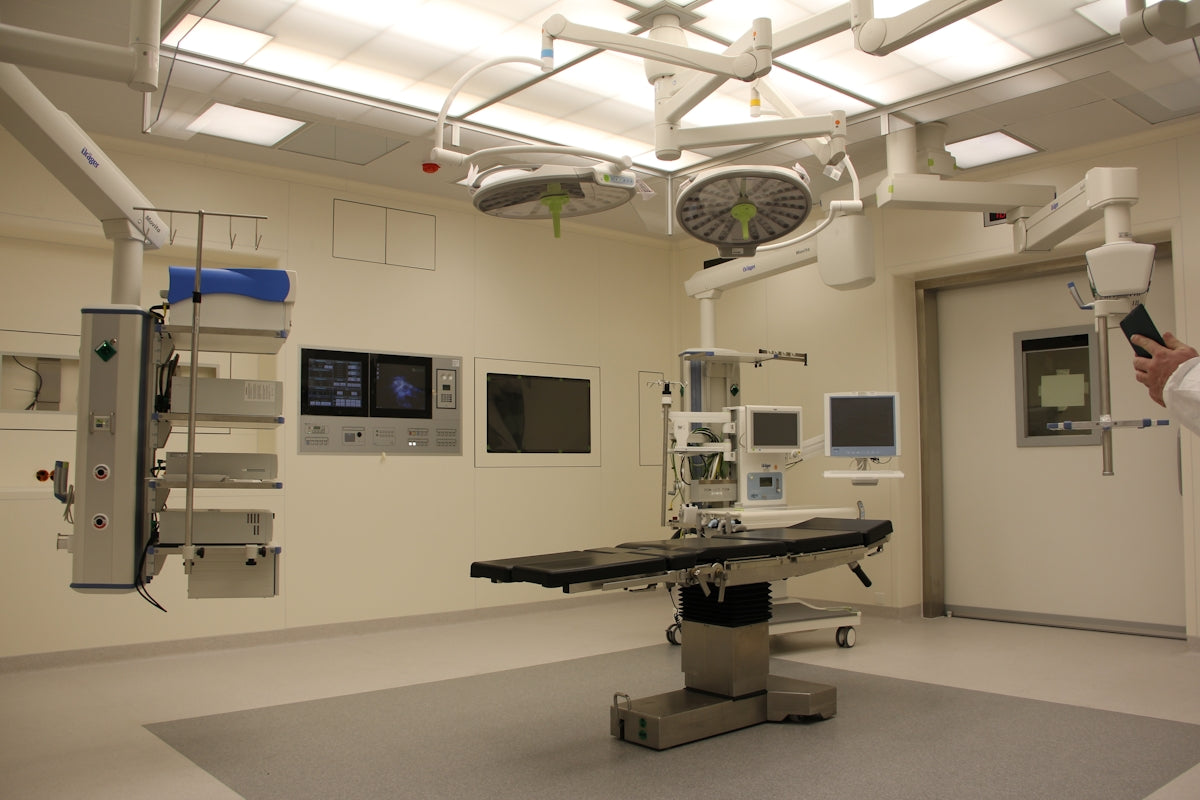
Understanding the 2.5L Anatomical Waste Bin: Best Practices for Medical Waste Disposal and Compliance with NEMA and SAHPRA in South Africa
Proper medical waste disposal is an essential aspect of healthcare waste management that ensures both environmental safety and compliance with regulatory bodies. In South Africa, the management and disposal of medical waste, including biohazard waste disposal and infectious waste disposal, are governed by standards set by NEMA (National Environmental Management Act) and SAHPRA (South African Health Products Regulatory Authority). Understanding how to dispose of medical waste properly is crucial for healthcare facilities to maintain compliance and safety.
One of the key components in effective medical waste management is the use of appropriate containers, such as the 2.5L Anatomical Waste Bin, specifically designed for anatomical waste disposal. This includes pathological specimens, biopsy specimens, tissue from surgeries or autopsies, and other similar materials. The 2.5L Anatomical Waste Bin offers a practical solution for healthcare facilities to manage these sensitive materials correctly.
Importance of Proper Medical Waste Disposal in Hospitals
Proper medical waste disposal in hospitals is more than just a regulatory requirement; it is a vital component of healthcare facilities that ensures the safety of patients, staff, and the public. Biohazard waste disposal requires meticulous attention to detail to prevent contamination and spread of infections. By partnering with biohazard waste disposal services, healthcare facilities can ensure that they are adhering to the best practices in line with NEMA and SAHPRA standards.
Best Practices for Using the 2.5L Anatomical Waste Bin
- Correct Identification of Waste: The first step in effective medical waste disposal is the correct identification and segregation of waste. Anatomical waste should be placed in designated containers like the 2.5L Anatomical Waste Bin to prevent cross-contamination.
- Secure Closure and Transport: Once the anatomical bin is full, it must be securely closed to prevent spills during transport. It is essential to coordinate with certified medical waste collection services to ensure safe and compliant transportation and disposal.
- Training and Awareness: Continuous staff training on how to dispose of medical waste properly, including the safe handling and disposal of sharps containers, is necessary to maintain compliance and safety.
Compliance with NEMA and SAHPRA
Healthcare waste management is heavily regulated, and adherence to the guidelines provided by NEMA and SAHPRA is mandatory. Facilities are encouraged to use the recommended containers like sharps containers and biohazard boxes to ensure all waste is disposed of according to regulations.
Conclusion
Healthcare providers must prioritize compliance with medical waste disposal regulations to safeguard the environment and public health. Utilizing specialized waste management products, such as the 2.5L Anatomical Waste Bin and medical waste containers, ensures safe and effective waste handling. Proper training and continuous partnerships with biohazard waste disposal services help in maintaining high standards of healthcare waste management.
For more information on managing healthcare waste effectively, visit our website.

Leave a comment